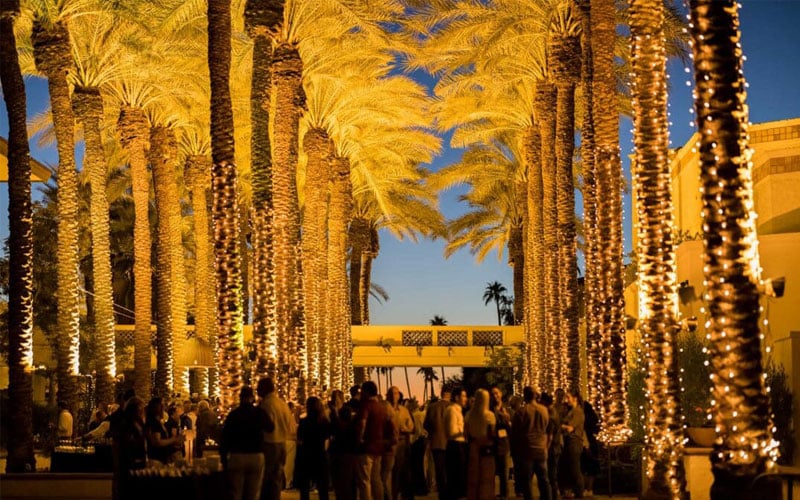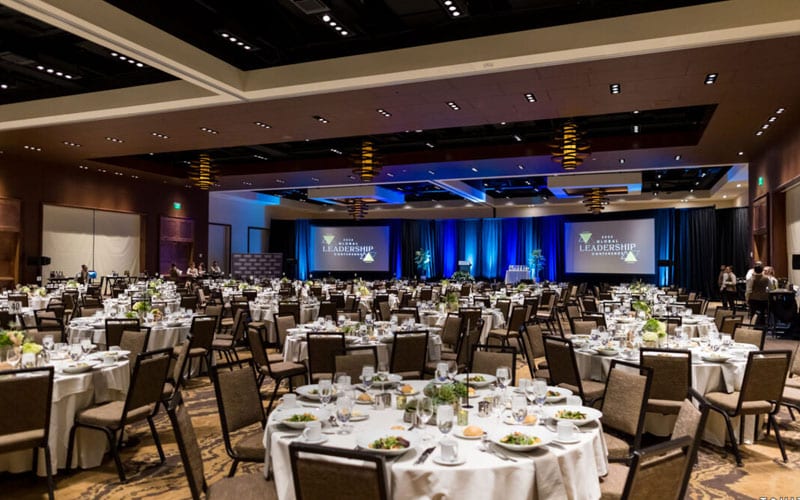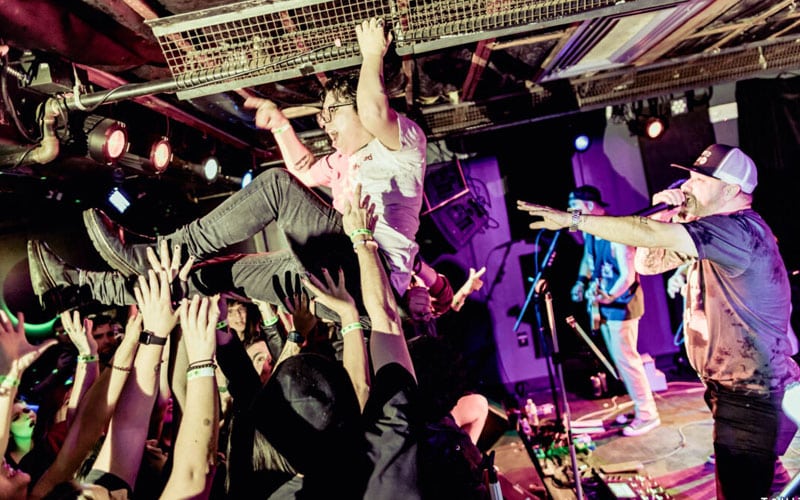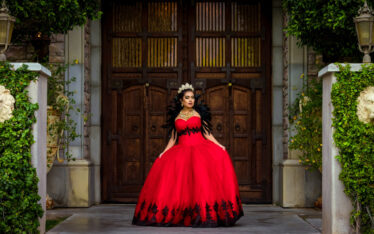Event photography is an exciting field, whether you want to do it for profit or simply as a hobby. There’s a thrill to capturing the excitement of a live event such as a concert, festival, sporting event, or anywhere that attracts large crowds and action or entertainment. However, there are some unique challenges associated with photographing events. So, we wanted to do a series of posts to provide some insight in this particular area of photography.
This first article will provide an overview of what’s to come in the ensuing 4 posts. At the end of this series, we hope you’ll have a greater understanding of what you need to know to get started or pick up some new tips and tricks for event photography. Let’s get started!
What is Event Photography?
Many types of photography involve subjects that are either stationary, as in nature or architecture, or posing for you, as in taking pictures of friends or family. Event photography, however, involves public events where the subjects are busy performing, playing, or just milling around. There’s often a crowd of spectators or fellow participants. Examples of events that you may want to photograph include concerts, sporting events, events, outdoor festivals, and meetings. Photographers may also be hired to cover private events such as parties and corporate events. Weddings can also fit into this category, though wedding photography is usually considered a distinct field.
Some of the challenges of event photography include dealing with crowds, who may be excited and jumping around, restrictions on photography imposed by the management or performers, and capturing fast-moving action, as in sports. What really sets event photography apart is that the photographer often has to cover a wide area, capture action from many angles, and navigate crowded spaces. You may also have to deal with unpredictable weather for outdoor events.
Equipment for Event Photography
As we’ve discussed before, you’ll want to be thoughtful when it comes to what camera(s) and accessories you bring to events. Keep in mind that you can do some experimenting and get your feet wet using just about any equipment, including smartphone cameras. However, if you want to take the best shots, the following guidelines will help.
Camera
DSLR cameras are generally best for event photography. There are a few reasons for this. They are effective in low light environments, which you’ll often find at concerts. They have long battery life, so you won’t have to worry about changing batteries if you’re at an all-day event. The biggest advantage of DSLRs, however, is probably that they are made for easily switching lenses. At an event, you may need to shoot from a variety of distances and angles. The Canon EOS 6D Mark II is a good choice for an all-around event photography camera.
Lenses
It’s recommended that you bring a variety of lenses to an event. A zoom lens is good for any environment where you’ll need to shoot from a distance, which applies to most large events. Zoom lenses provide variable focal lengths, providing a great deal of flexibility. A telephoto lens is good for capturing action shots from a distance. An all-purpose prime lens, which has a fixed focal length, is useful for smaller events and taking portraits. The Nikon AF-S NIKKOR 50mm f/1.4G Lens, which sells for under $500, is a solid choice.
Accessories
In addition to your camera and lenses, there are a few other items you should bring to make your job easier.
- A shoe-mount flash also called a hot shoe flash, is convenient and will usually give you better results than the camera’s built-in flash.
- A wireless tether will allow you to instantly load your photos to your phone so you can send them right off to your client or post them on social media.
- Backups of essential items such as batteries and memory cards.
- A tripod or monopod helps with stability.
Getting Jobs
If you want to make a living as an event photographer or even do it as a paying sideline, you need to market yourself and make connections. Tell everyone you’re interested in shooting events. You can start out by doing some events for free. This lets you build up a portfolio of photos to show prospective clients. You can market yourself by creating a website and posting to social media. You can try promoting some of your posts with paid ads. If you’re interested in corporate events, it’s useful to connect with businesses on LinkedIn.
Contracts and Pricing
When you are at the stage of charging clients for work, you need to make sure that you set the appropriate prices and create clear contracts. You can research what other photographers in your area and specialty are charging. Experience, of course, allows one to charge higher prices. On the other hand, don’t price yourself too low as it will be hard to raise your prices once you acquire clients. Most entry level event photographers charge close to $75/hour and upwards.
Always have a contract when working on an assignment. Include all conditions, both expected and unexpected. This includes the hours you’ll be working, deposit and final cost, how and when photos will be delivered, and additional costs for working extra hours. You should also have a cancellation policy in case the client cancels the event. Don’t overlook copyright issues. You will probably want to retain the copyright (so you can use the photos in your portfolio) and give the client the right to use them.
Event Photography can be a rewarding field. It gives you a chance to attend interesting events as both a participant and an observer. As you build your portfolio and make contacts, it can also be a lucrative specialty.








